DOES ACCESSIBLE SIGNAGE HAVE ADA REQUIREMENTS?
While not all signage is regulated by the ADA, many building signs are covered by federal regulations.
Per SAD §216, ADA compliant signs serve three primary purposes:
-
-
- To identify permanent interior office rooms and spaces
- To provide direction to or information about permanent interior building spaces
- To identify, direct to or inform about accessible features via the International Symbol of Accessibility (ISA or person in a wheelchair pictogram) and other required accessibility symbol

 Specific requirements for the following sign types are included in the SAD.
Specific requirements for the following sign types are included in the SAD.
Exit signs – Exit passages, including doors, stairs and routes, must be identified with tactile ADA signage. Signs must include braille and raised characters. Pictograms are optional. While understanding which doorway should be marked “exit” is pretty easy, be sure to mark any decision point on an egress pathway, such as a corridor, with a tactile “exit route” sign.
Area of refuge signs – Areas of refuge must be marked with tactile ADA signage. Signs must include braille, raised characters and the ISA pictogram. If an illuminated exit box is required, a lit area of refuge sign must also be used.
Area of refuge instructions – Areas of refuge must also contain signage with instructions that direct persons on actions to take during an emergency. Area of refuge instructional signage must meet ADA visual character requirements, however, raised content and pictograms are optional.
Signs for devices assisting the disabled – Signs identifying Text Telephones, Assistive Listening Systems and Volume Control Telephones must meet ADA visual character sign requirements.
Inaccessible building elements – Inaccessible entrances, elevators and restrooms must have directional signage indicating the location of the nearest handicapped accessible entrance, elevator or restroom. Signs directing to accessible spaces must meet ADA visual character requirements. Braille and pictograms are not required in directional signage. The ISA is required at the accessible entrance, elevator or restroom if not all entrances, elevators or restrooms are accessible. In California, the ISA is required at all accessible entrances whether or not a facility has entrances which are not accessible.
Other required ADA signs – At handicapped accessible check-0ut aisles and accessible amusement park ride access points, ADA signage with the ISA is required.
Required outdoor ADA signs – While almost all ADA sign requirements focus on indoor signage, a few exterior ADA signs are also covered by regulations. If the exterior doorway is used to access bathrooms, classrooms, courtyards and other similar spaces, the doorway must be marked with tactile ADA signs.
Federal ADA sign requirements apply to U.S. public buildings’ permanent signage. Changeable and temporary signs, including menus and directories, are not required to meet regulations. Temporary signs are defined as in use for six weeks or less. Additionally, custom signs that enhance branding, such as organization name and logo signs, are not regulated. Finally, in correctional facilities, signage not in public areas, such as prisoner unit identification signs, do not need to comply.

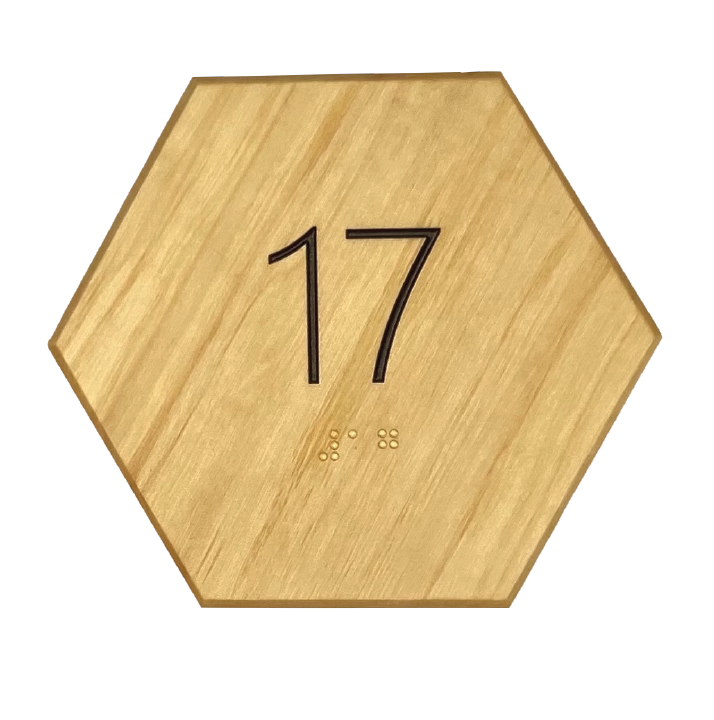
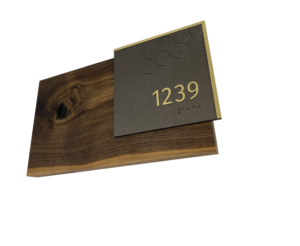
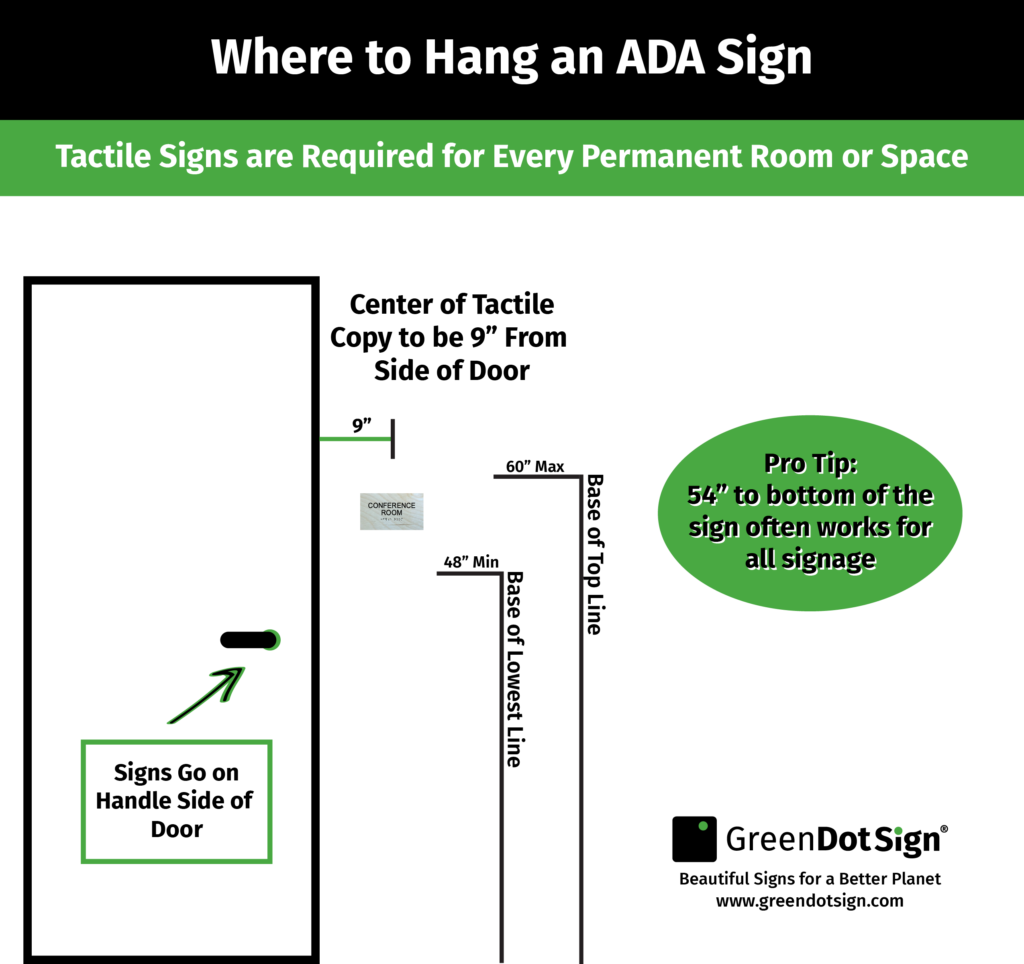
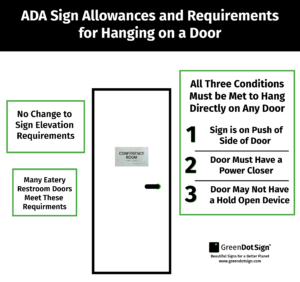
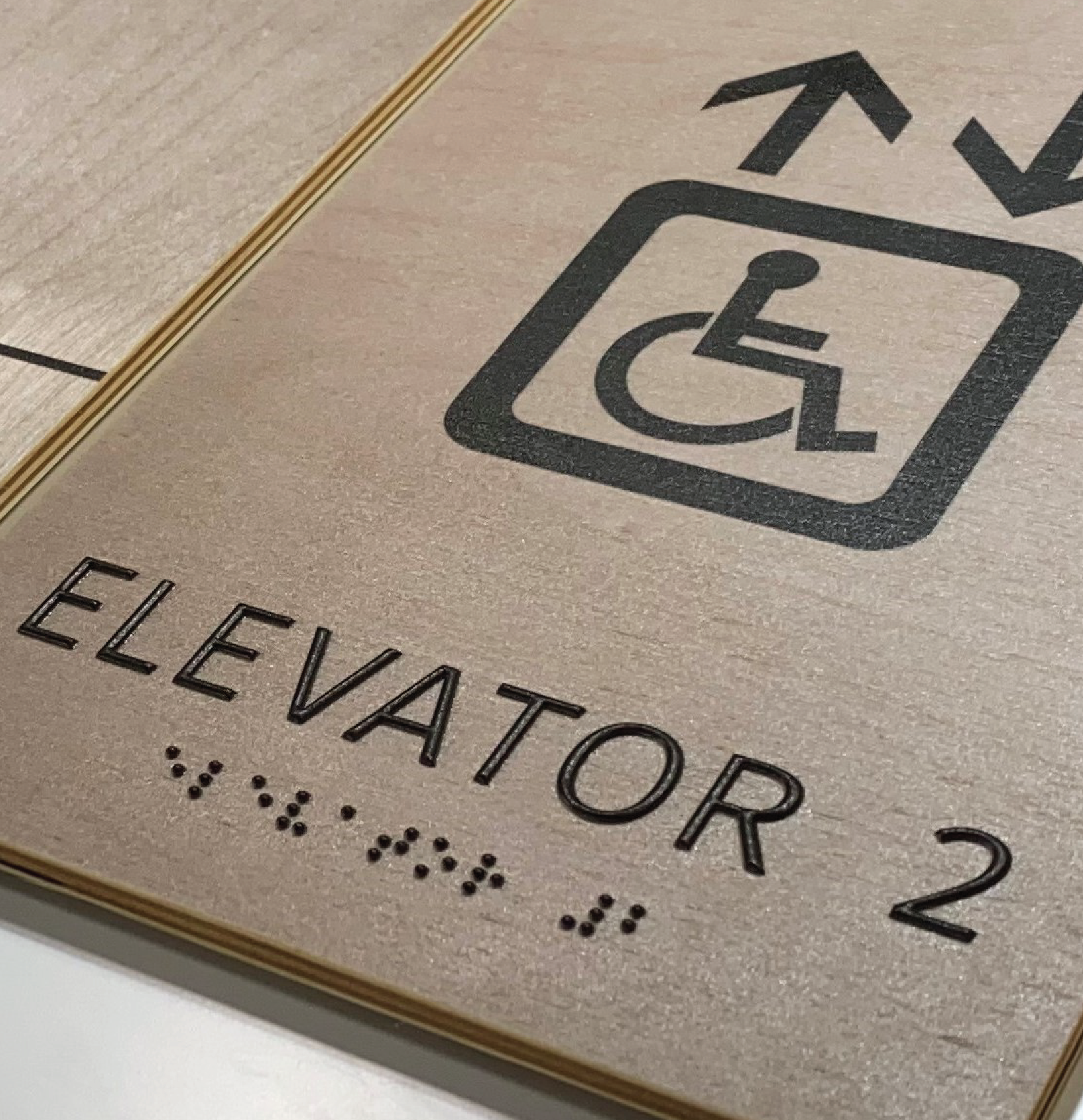
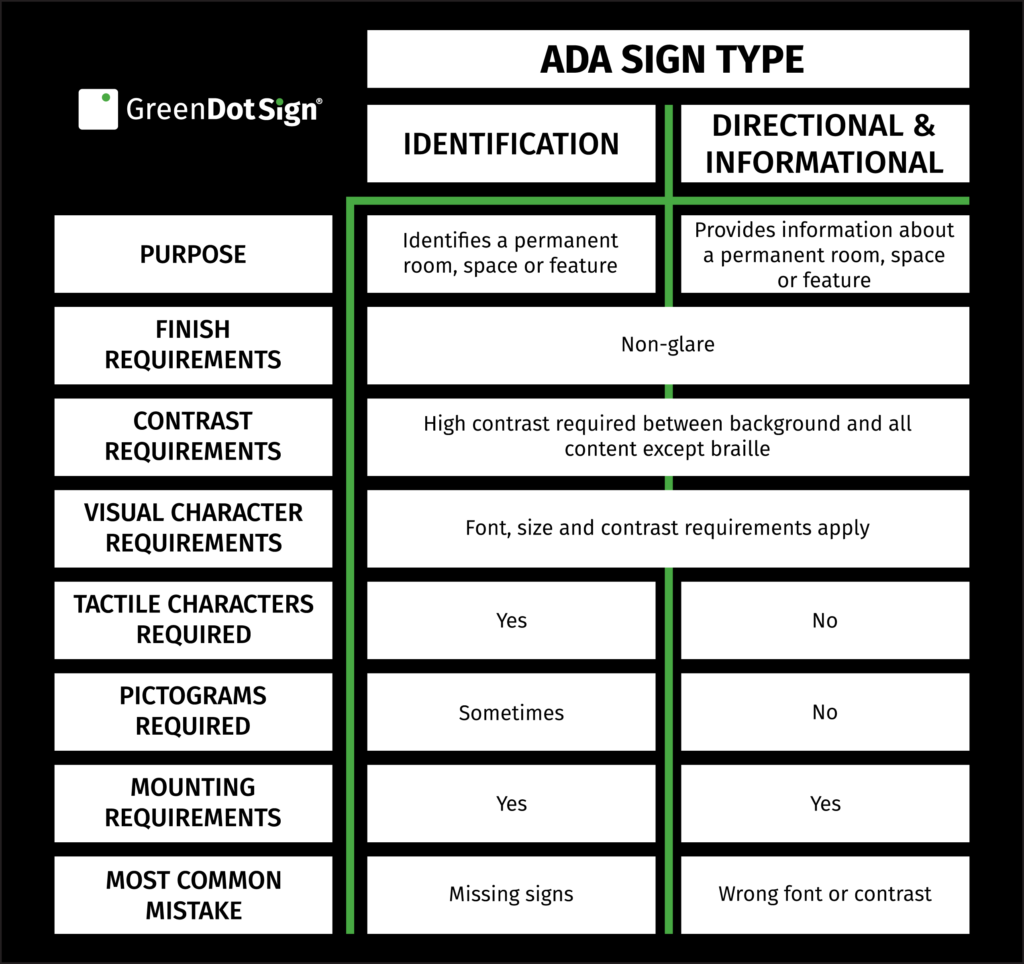

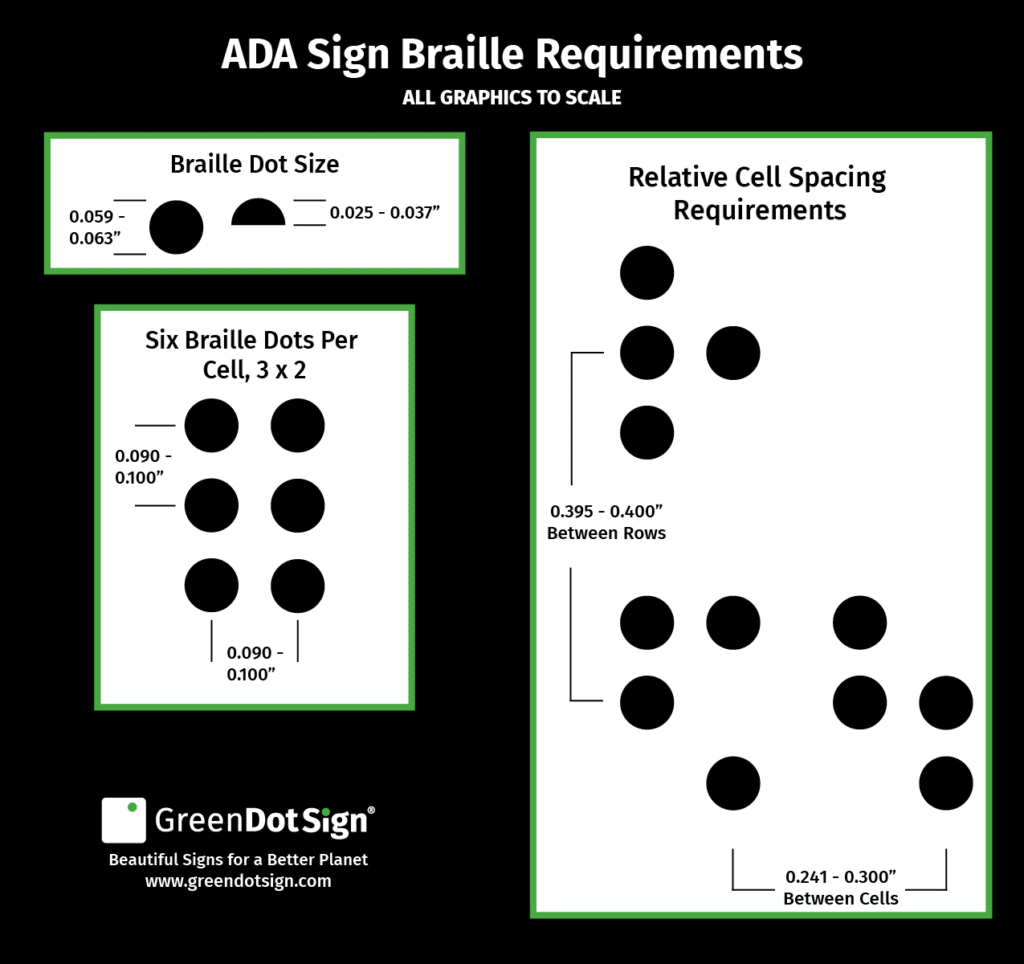
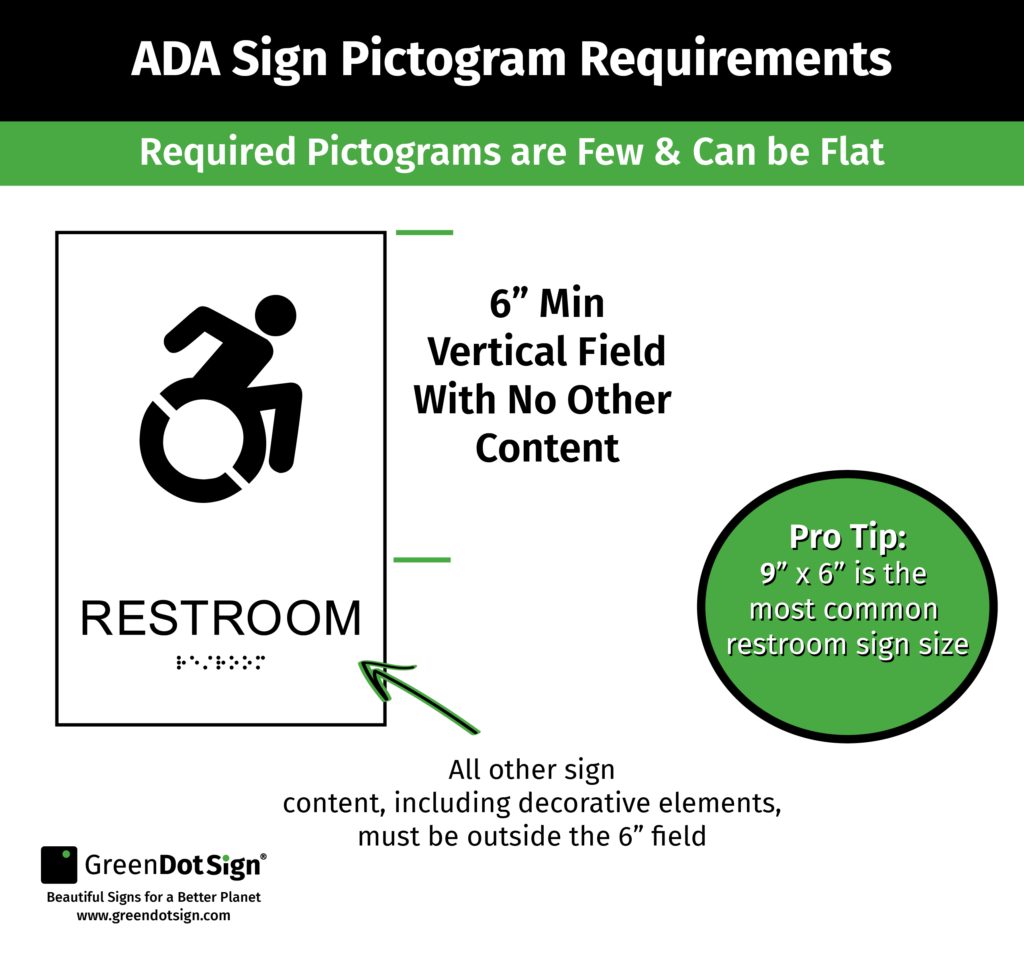
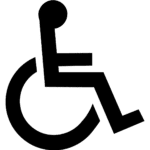
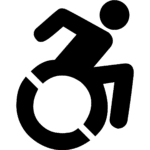



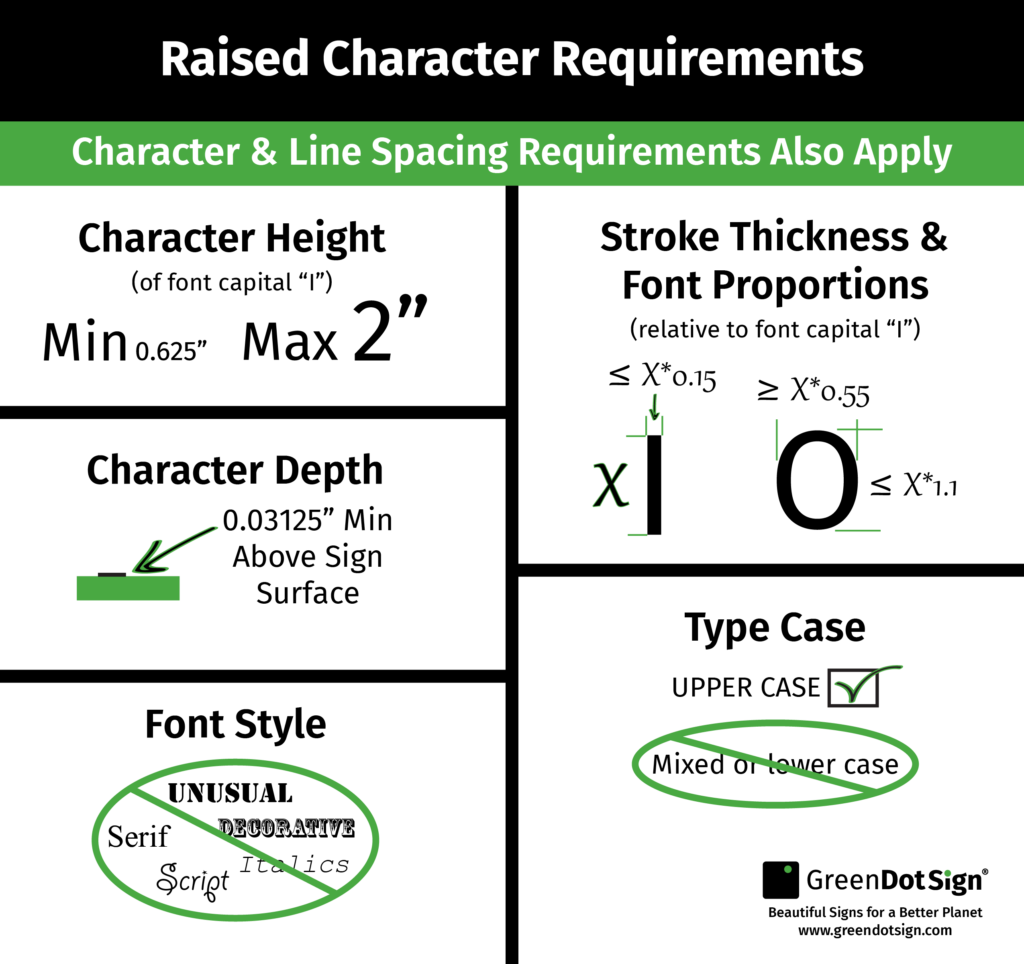
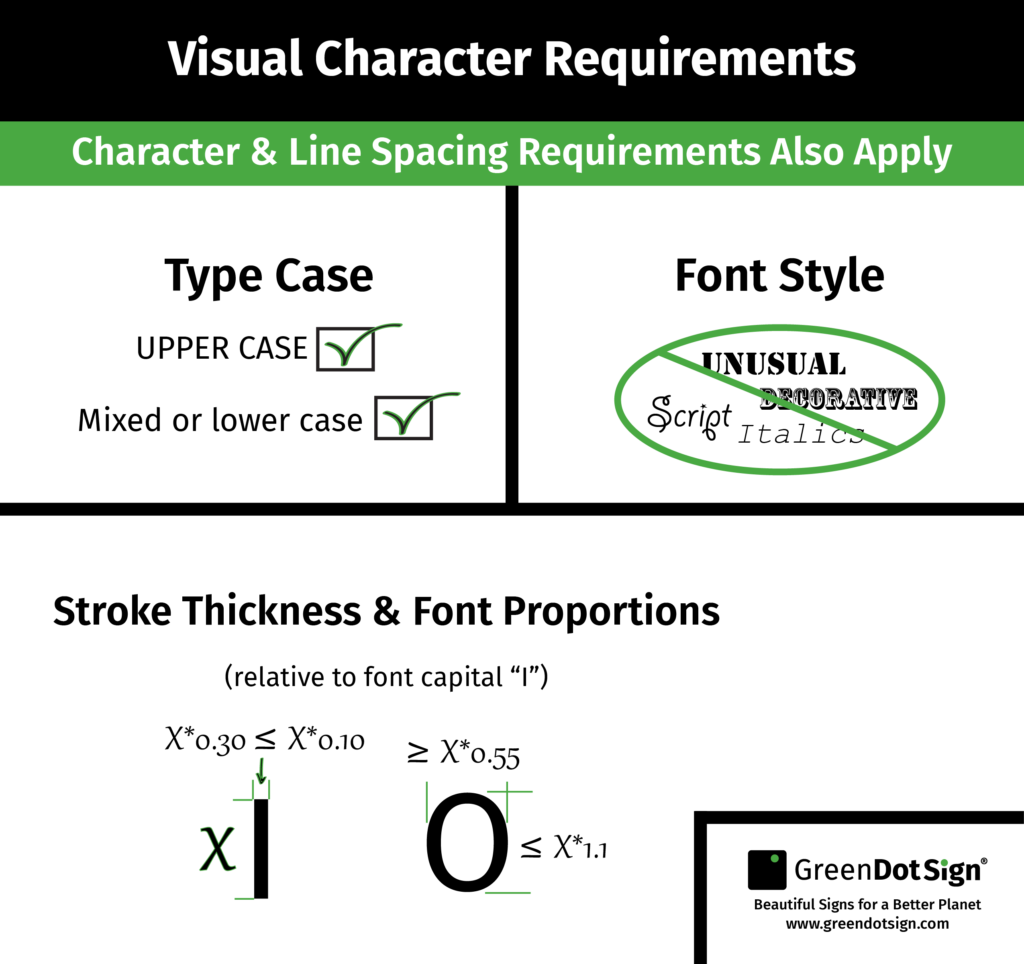
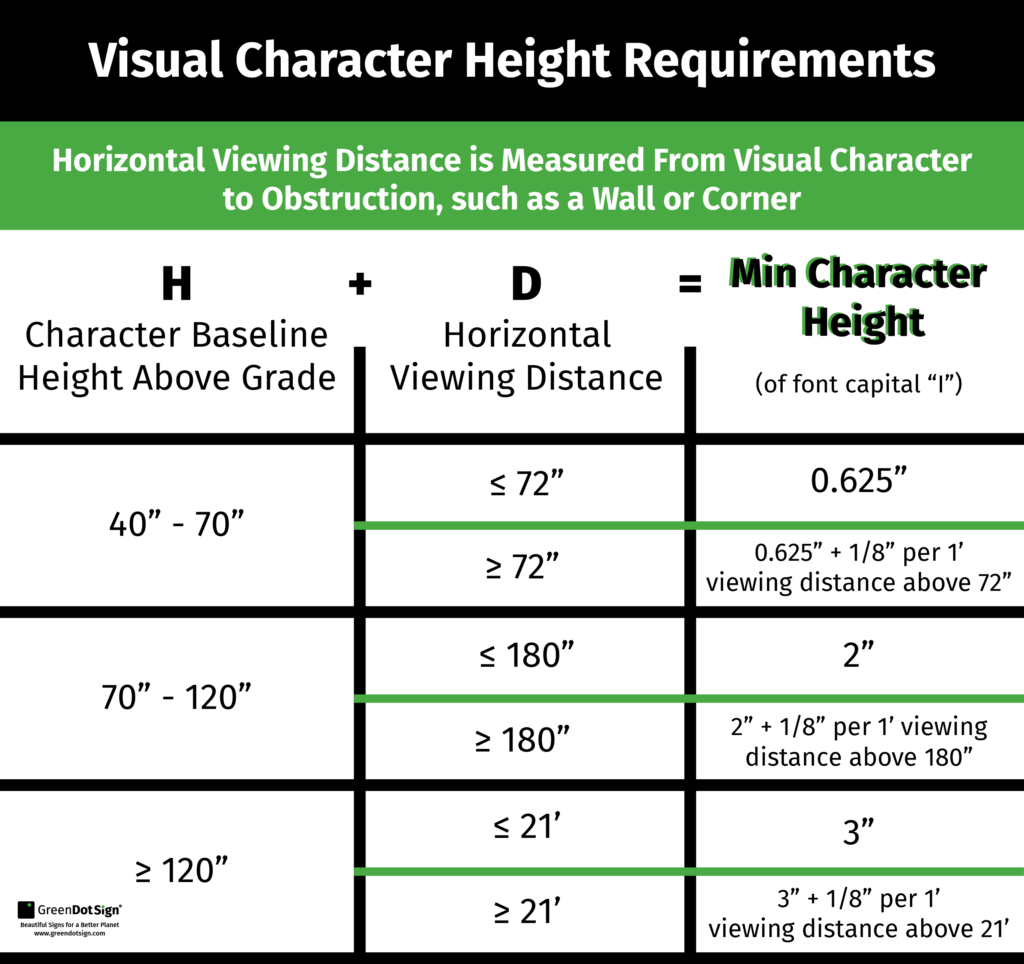
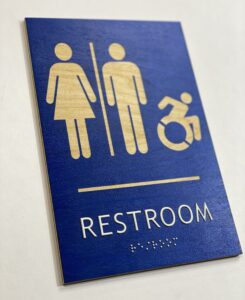 The U.S. Department of Justice (DOJ) is responsible for enforcing ADA sign requirements. The DOJ may file lawsuits in federal court to enforce ADA signage requirements. Courts may order compensatory damages and back pay to remedy discrimination if the Department prevails. Under Title III, the DOJ may also obtain civil penalties of up to $55,000 for the first violation and $110,000 for any subsequent violation.
The U.S. Department of Justice (DOJ) is responsible for enforcing ADA sign requirements. The DOJ may file lawsuits in federal court to enforce ADA signage requirements. Courts may order compensatory damages and back pay to remedy discrimination if the Department prevails. Under Title III, the DOJ may also obtain civil penalties of up to $55,000 for the first violation and $110,000 for any subsequent violation. 
